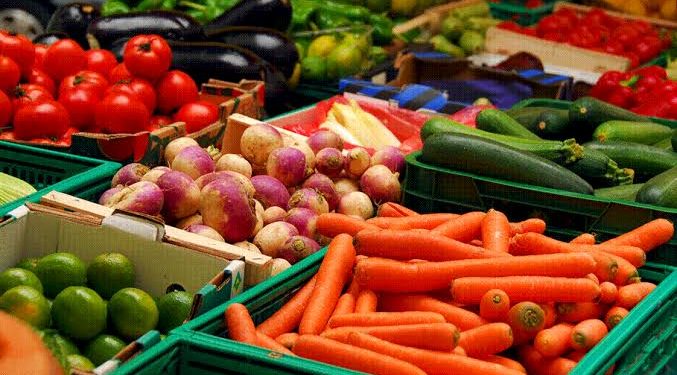Cost of living as measured by the monthly inflation data rose sharply to 6.37 per cent in February 2020. This is the highest inflation rate over the past 10 months. In April 2019, the index hit 6.58 percent.
January’s monthly inflation rate was 5.78 percent compared to 5.8 per cent in December, 2019.
The price of tomatoes, maize grains, onion and beans recorded the highest increases in the month of February. This was followed by a hike in the price of charcoal, petrol and diesel.
The average price of 1Kg of tomatoes rose from KSh 103.24 in January to KSh 133.80 in February, an increase of KSh 29.59. A kilogram of maize flour, a favourite meal in most Kenyan families, was retailing at an average price of KSh 50.86, compared to KSh 51.53 in January 2020.
While there was a fall in the price of maize flour, wheat flour, electricity and kerosene, the marginal gains were wiped out by increase in prices of other food items such as raw milk.
Kenya National Bureau of Statistics releases the monthly Consumer Price Indices (CPI) and rates of inflation. These numbers are generated from a survey of retail prices that target a basket of household consumption goods and services.
The exercise was conducted during the second and third weeks of the month, with prices being obtained from selected retail outlets in 25 data collection zones in Nairobi and in 13 other urban centers.
The Monetary Policy Committee (MPC) met on January 27, 2020, to review the outcome of its previous policy decisions and recent economic developments. The top policy organ of the Central Bank of Kenya (CBK) said monthly inflation remained within the target range in November (5.6 percent) and December 2019(5.8 percent).
CBK expects overall inflation to remain within the target range in the near term due to lower prices of fast-growing food items following the continuing rains, and lower electricity prices.
RELATED:
Kenya’s Economic Outlook in 2020
High Food Prices Push November Inflation Rate to 5.6 %




